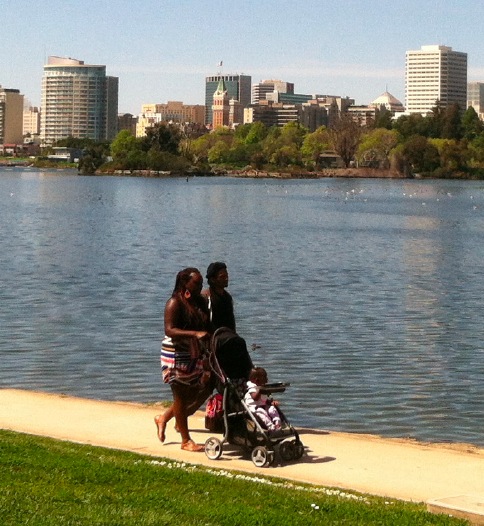
GREEN FOR ALL
This white paper focuses on one of the most promising strategies water utilities can use to develop broad public support: Embracing triple-bottom-line outcomes that deliver community benefits like jobs, business opportunities, green space, safer and more beautiful streets, and other local amenities. Selected policies and programs designed to catalyze community and economic development allow water utilities to show the public that they provide efficient and environmentally beneficial infrastructure that fosters local economic and social improvements.













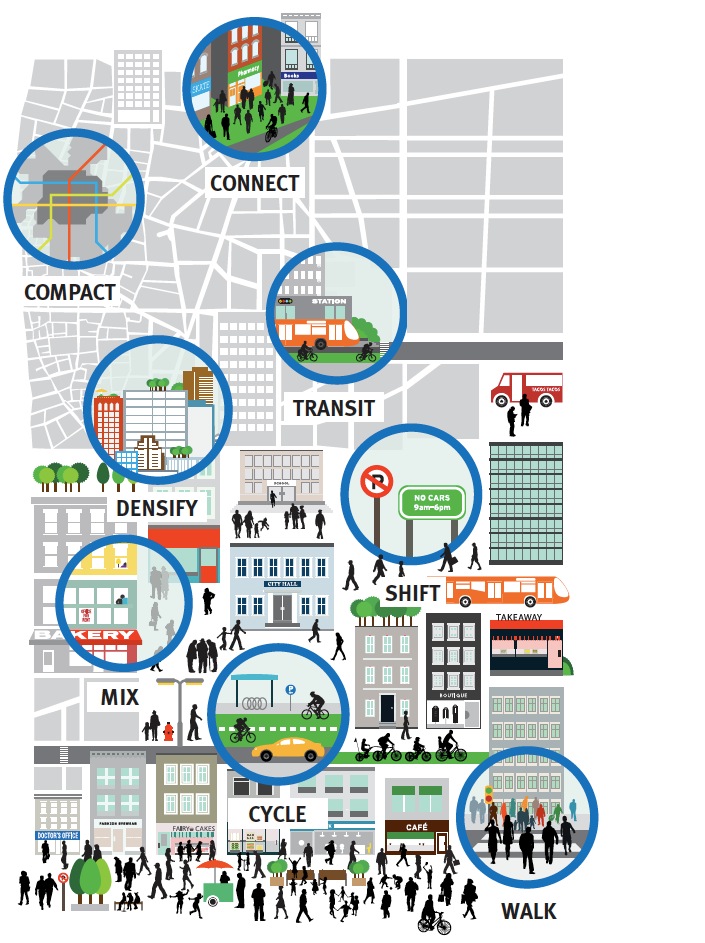

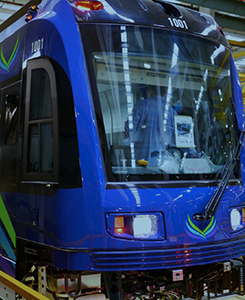
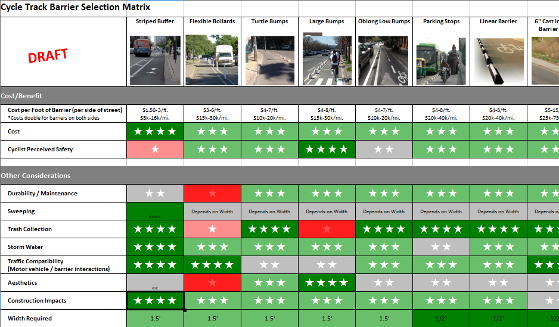
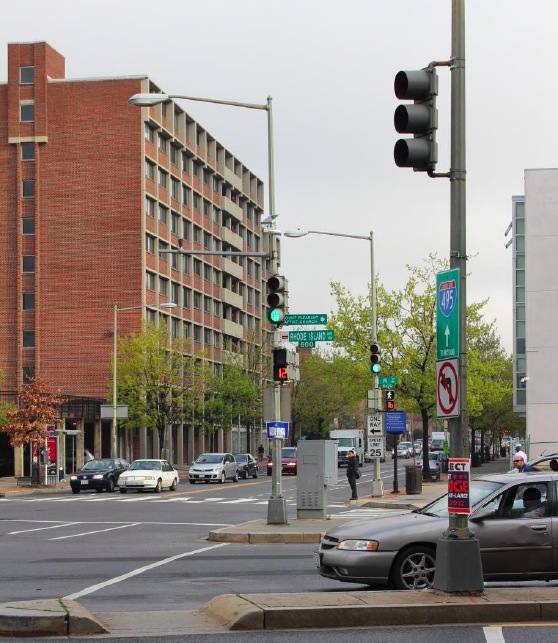


 RSS Feed
RSS Feed